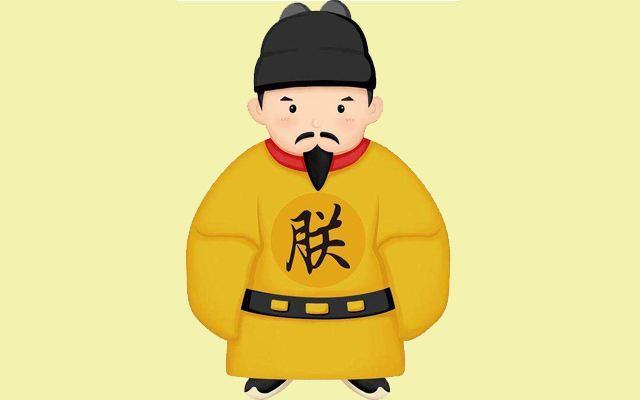In fact, as early as the Spring and Autumn Period, after the death of the emperor, there was a saying that “mortuary for three days”. Then, the ancient emperors could not be buried immediately when they died, so how was the anticorrosion done? The following interesting history editor brings detailed articles for your reference.
In fact, from the perspective of past traditions, this is a traditional existence. Take today’s example, after the death of the old man, the family will also put his body at home for about 3 or 7 days. The implication is that Said: “Let the souls of the deceased go home within a few days to see.”
Another point is: in order to prevent the deceased from being suspended in suspended animation, because on the human body, there may also be the possibility of suspended animation. If the deceased does not really die, it will be buried, which is enough to constitute a big oolong.
But in ancient times, once the emperor died, he would stay in the palace for a period of time, at least a few days, or even a few years. In addition to the prevention of the emperor’s suspended animation mentioned above, it is enough to put the emperor’s body in the palace. It is a kind of respect for the emperor.
Regarding the problem of corpse decay, the ancients had a very early awareness of the preservation of corpses. Of course, in ancient times, the preservation of corpses was almost always carried out while groping. The things that are probably used are: A series of medicines such as liquor, spices, etc. is obviously not an easy job.
It is worth mentioning that, in order to ensure the long-term security of the emperor’s body, we will specially send someone to clean the emperor’s body inside and out, including nails, ear holes, and toes, all of which must be kept as 100% clean as possible. .
After the above operations are completed, it is necessary to give the emperor’s bed gorgeous clothes, and then put various suitable medicines in the coffin, so as to ensure that the corpse will not be corrupted to the greatest extent.
At the same time, as the ancients deepened the anti-corrosion technology, it was also found that the use of ice cubes could well delay the decay of the remains.
As emperor embalming becomes more and more ritualistic, whenever an emperor or empress dies, a luminous pearl will be placed in the mouth of the remains.
In “The Last Emperor“, after Cixi’s death, the minister put a luminous pearl in Cixi’s mouth, and this luminous pearl was also buried with Cixi.
One of the most important steps in corpse embalming is to isolate the air in the coffin as much as possible, so as to ensure that the corpse will not be corroded so quickly.
After all the above procedures are completed, the emperor will be stored in the palace with his coffin for about 3 months. During this period, the condolences and spirits of the ministers and heirs will be required before the official burial.
It is worth mentioning that this so-called sense of ritual has also been criticized by many historians, because it has overstated the emperor’s status, but instead these red tape rules have been carried out to the extreme.
The only thing worthy of praise is that the wisdom of the ancients is still worthy of praise. The simultaneous advancement of physical knowledge and chemical knowledge has achieved this effect.
In addition, after the emperor’s death, he had to build a large amount of civil engineering to repair the tomb, in order to allow himself to be buried in a beautiful and beautiful burial. Therefore, a considerable part of the money in the treasury was used for the so-called decency and style. One of the most criticized characteristics of the emperor